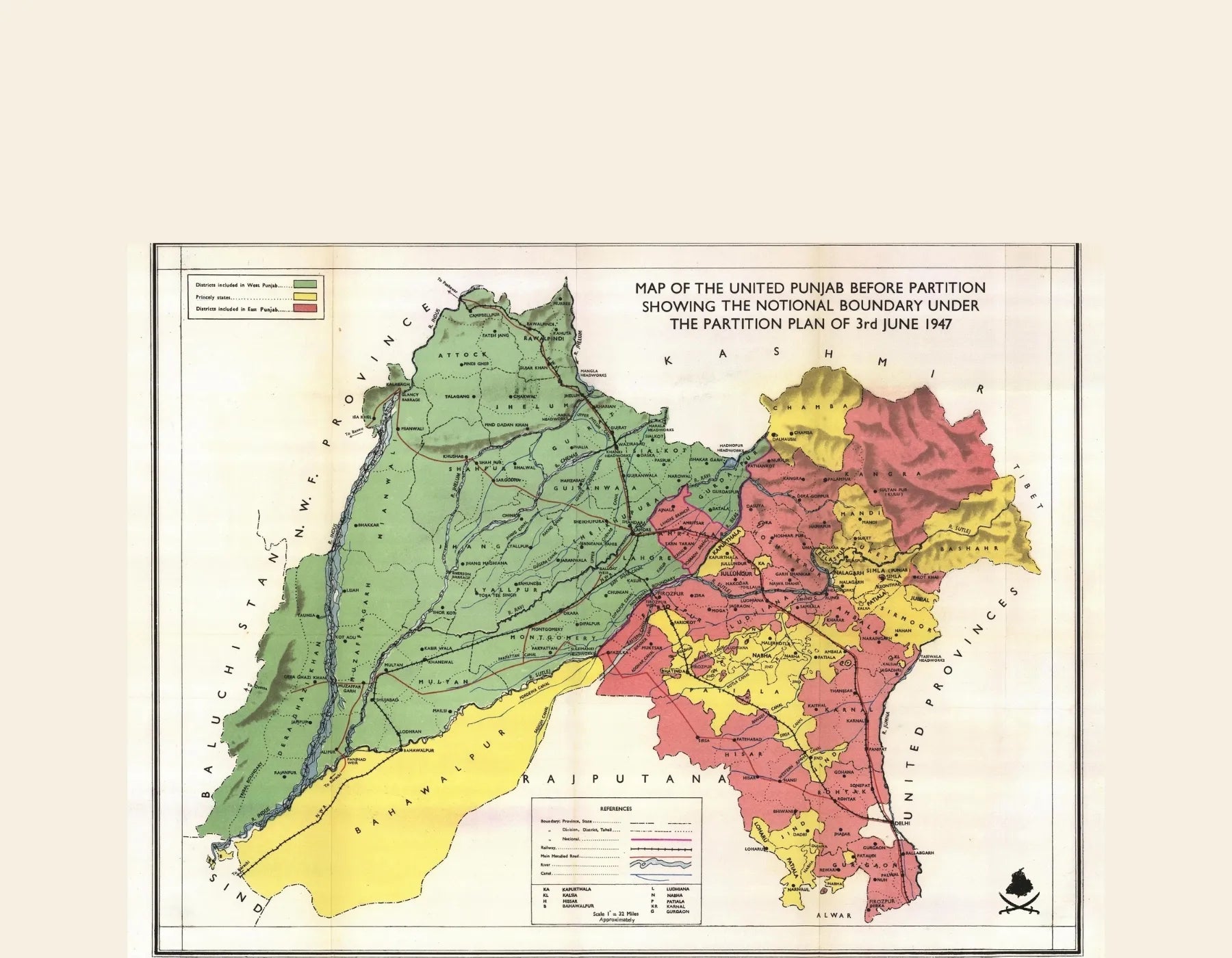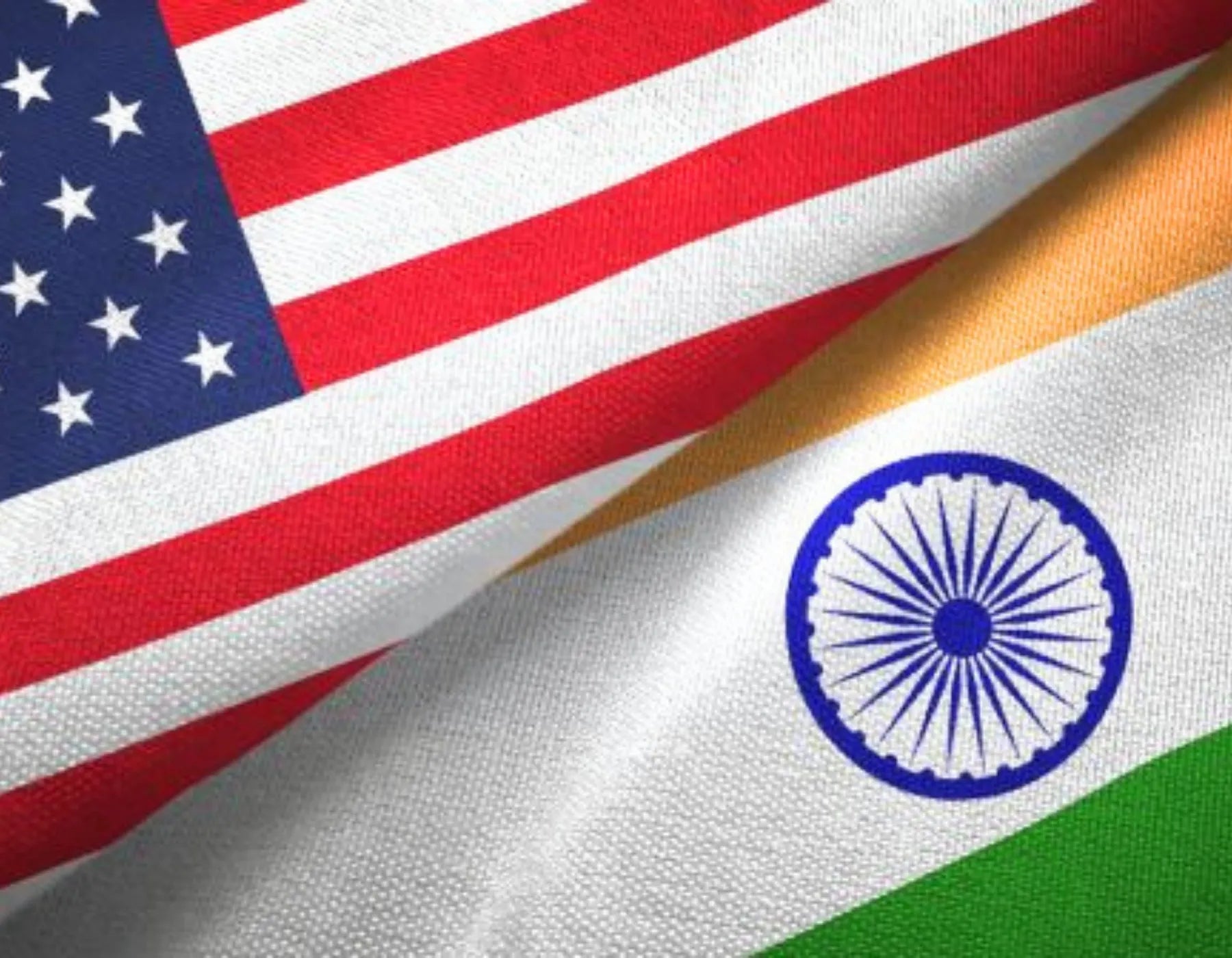Article: 10 Mind-Blowing Facts About Punjab They Never Taught You in School

10 Mind-Blowing Facts About Punjab They Never Taught You in School
Punjab — a land of five rivers, legendary valor, spiritual depth, and unmatched cultural vibrancy. While most of us grew up learning about Punjab through simplified textbook narratives, the real story of Punjab is far richer, deeper, and more astonishing than what we were ever taught. From hidden chapters in Punjabi history to cultural contributions that shaped India and the world, here are 10 mind-blowing facts about Punjab that you were probably never told in school.
1. The Name "Punjab" Has Ancient Persian Roots
The word Punjab comes from the Persian words "panj" (five) and "aab" (water), meaning "land of five rivers". These rivers — Jhelum, Chenab, Ravi, Beas, and Sutlej — were lifelines of the Indus Valley Civilization, one of the world's oldest urban cultures. While this origin is often briefly mentioned, few know that the name was cemented during Persian rule, not during the Mughal or British eras, as many assume.
2. Home to the World’s First Planned Cities
Most students learn about Mohenjo-Daro and Harappa in history class, but rarely are they told that Harappa is located in Punjab (now in Pakistan’s Punjab province). These cities had advanced drainage systems, granaries, and grid layouts long before similar systems appeared in other parts of the world. This means Punjab wasn’t just agriculturally rich — it was technologically and socially advanced thousands of years ago.

3. Punjabi is One of the Most Spoken Languages Worldwide
Although often overshadowed by Hindi or Urdu, Punjabi is the 10th most spoken language in the world, with over 125 million speakers globally. From East Punjab (India) to West Punjab (Pakistan), and large diaspora communities in Canada, the UK, and the US, Punjabi’s global footprint is astonishing. Yet, many school curriculums skip over its linguistic importance and cultural influence.
4. Punjab Was the Last Region to Fall Under British Control
While the rest of India gradually came under British rule from the 18th century, Punjab fiercely resisted colonization. It wasn’t until 1849, after the Second Anglo-Sikh War, that the British finally annexed Punjab. Under the leadership of Maharaja Ranjit Singh Ji, the Sikh Empire had created a powerful and secular state — one of the few kingdoms that successfully kept the British at bay for decades.
5. Maharaja Ranjit Singh's Army Was the Most Secular in Asia
One of the greatest rulers in Punjabi history, Maharaja Ranjit Singh Ji led an army that was truly multicultural and multi-religious. His administration employed Hindus, Sikhs, Muslims, and Christians alike. He even donated gold to Hindu temples and maintained Islamic shrines. His empire was not just powerful but uniquely inclusive, setting a rare precedent in South Asian history.

6. Punjab Played a Central Role in India’s Freedom Movement
From Bhagat Singh to Lala Lajpat Rai, many of India’s fiercest freedom fighters hailed from Punjab. But beyond these iconic figures, Punjab saw countless revolts, uprisings, and mass movements against British rule. Events like the Ghadar Movement, which originated from Punjabi immigrants in the US and Canada, are often left out of textbooks, despite their monumental influence.

7. The Partition of Punjab Was One of the Bloodiest in History
While the Partition of India in 1947 is widely acknowledged, the specific trauma of Punjab’s partition is often underemphasized. The region witnessed unparalleled levels of violence, mass migrations, and communal brutality, with over a million lives lost and millions more displaced. The emotional and cultural scars of this division remain deeply embedded in Punjabi identity on both sides of the border.
8. Punjabi Farmers Led the World’s Largest Protest
In recent history, Punjabi farmers became the face of a massive protest against controversial agricultural reforms in India. Beginning in 2020, this movement saw over 250 million people participate in strikes and rallies, making it the largest protest in human history. The world watched as Punjab’s farmers, rooted in centuries of agrarian pride, demanded justice and policy reform.

9. Bhangra Was Originally a Warrior Dance
What most people today enjoy as a vibrant celebration dance actually has martial origins. Bhangra was traditionally performed by Punjabi farmers to celebrate harvest success, but its movements are derived from battle techniques used by Sikh warriors. The high energy, powerful jumps, and sharp hand movements aren’t just festive — they’re a form of ancestral strength and resilience.

10. Punjab’s Diaspora Has Built Billion-Dollar Empires Abroad
The Punjabi community has thrived globally, with entrepreneurs, politicians, and artists making major impacts. From Inderjit Singh Reyat, Canada’s first turbaned RCMP officer, to Vic Sarin, the Emmy-nominated filmmaker, Punjabis have carved influential niches. In the UK, the Punjabi population is one of the most economically successful ethnic groups, owning restaurants, transport businesses, and real estate empires.
Final Thoughts: A Land of Legacy and Leadership
Punjab is more than just fertile fields and folk songs — it is a region steeped in ancient civilizations, revolutionary spirit, spiritual richness, and modern resilience. These are just some of the many mind-blowing facts about Punjab that most people never encounter in formal education. From ancient cities and imperial legacies to global influence in modern times, Punjab continues to inspire, lead, and amaze.

